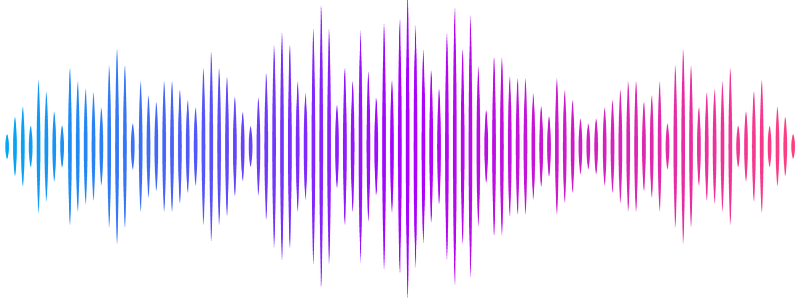Topological Transformations in Hand Posture: A Biomechanical Strategy for Mitigating Raynaud's Phenomenon Symptoms

Topological Transformations in Hand Posture: A Biomechanical Strategy for Mitigating Raynaud's Phenomenon Symptoms
Tozzi, A.
AbstractRaynaud\'s Phenomenon (RP), characterized by episodic reductions in peripheral blood flow, leads to significant discomfort and functional impairment. Existing therapeutic strategies focus on pharmacological treatments, external heat supplementation and exercise-based rehabilitation, but fail to address biomechanical contributions to vascular dysfunction. We introduce a computational approach rooted in topological transformations of hand prehension, hypothesizing that specific hand postures can generate transient geometric structures that enhance thermal and hemodynamic properties. We examine whether a flexed hand posture, where fingers are brought together to form a closed-loop toroidal shape, may modify heat transfer patterns and blood microcirculation. Using a combination of heat diffusion equations, fluid dynamics models and topological transformations, we implement a heat transfer and blood flow simulation to examine the differential thermodynamic behavior of the open and closed hand postures. We show that the closed-hand posture may preserve significantly more heat than the open-hand posture, reducing temperature loss by an average of 1.1 C compared to 3.2 C in the open-hand condition (p < 0.01). Microvascular circulation is also enhanced, with a 53% increase in blood flow in the closed-hand configuration (p < 0.01). Therefore, our findings support the hypothesis that maintaining a closed-hand posture may help mitigate RP symptoms by preserving warmth, reducing cold-induced vasoconstriction and optimizing peripheral flow. Overall, our topologically framed approach provides quantitative evidence that postural modifications may influence peripheral vascular function through biomechanical and thermodynamic mechanisms, elucidating how shape-induced transformations may affect physiological and pathological dynamics.